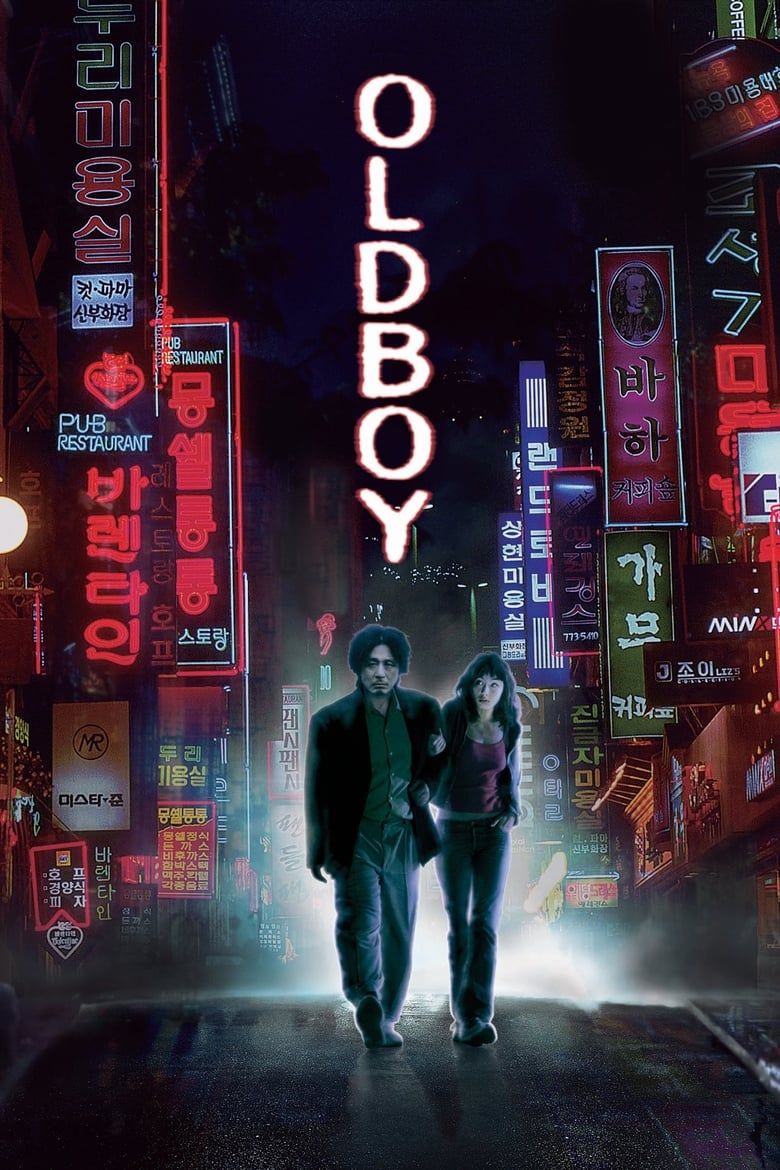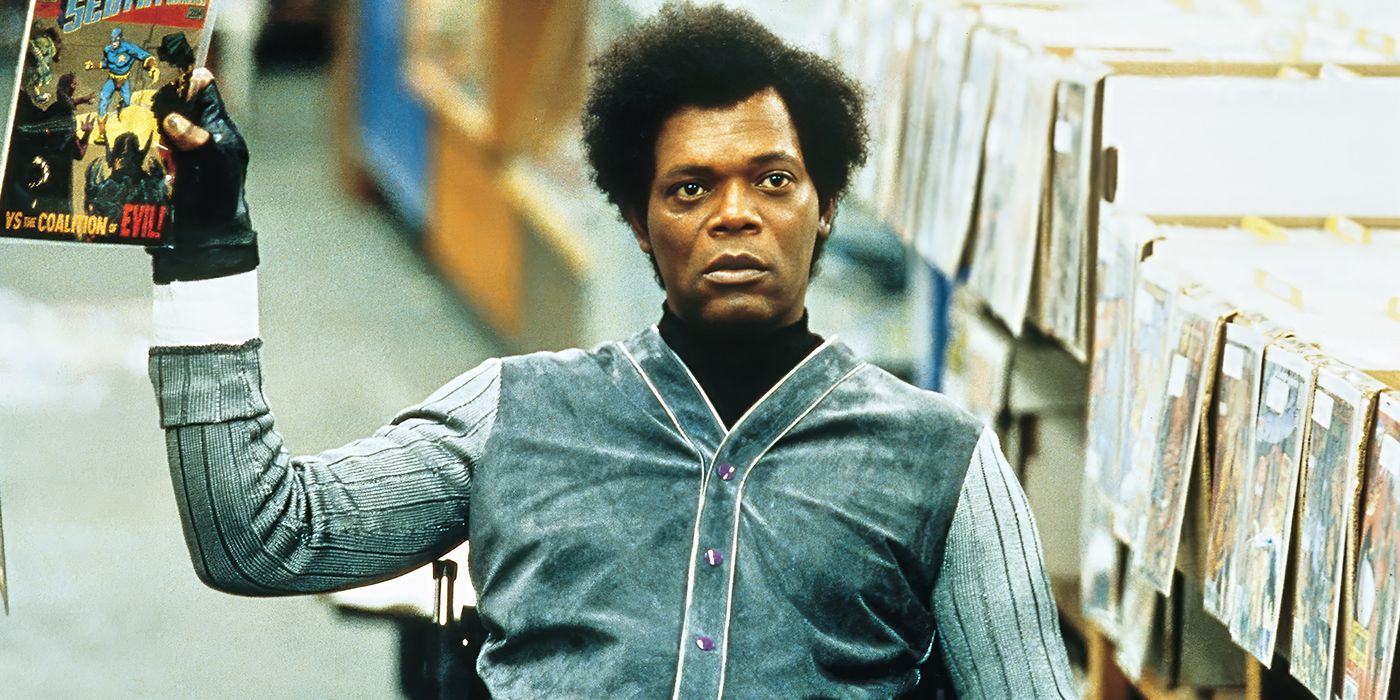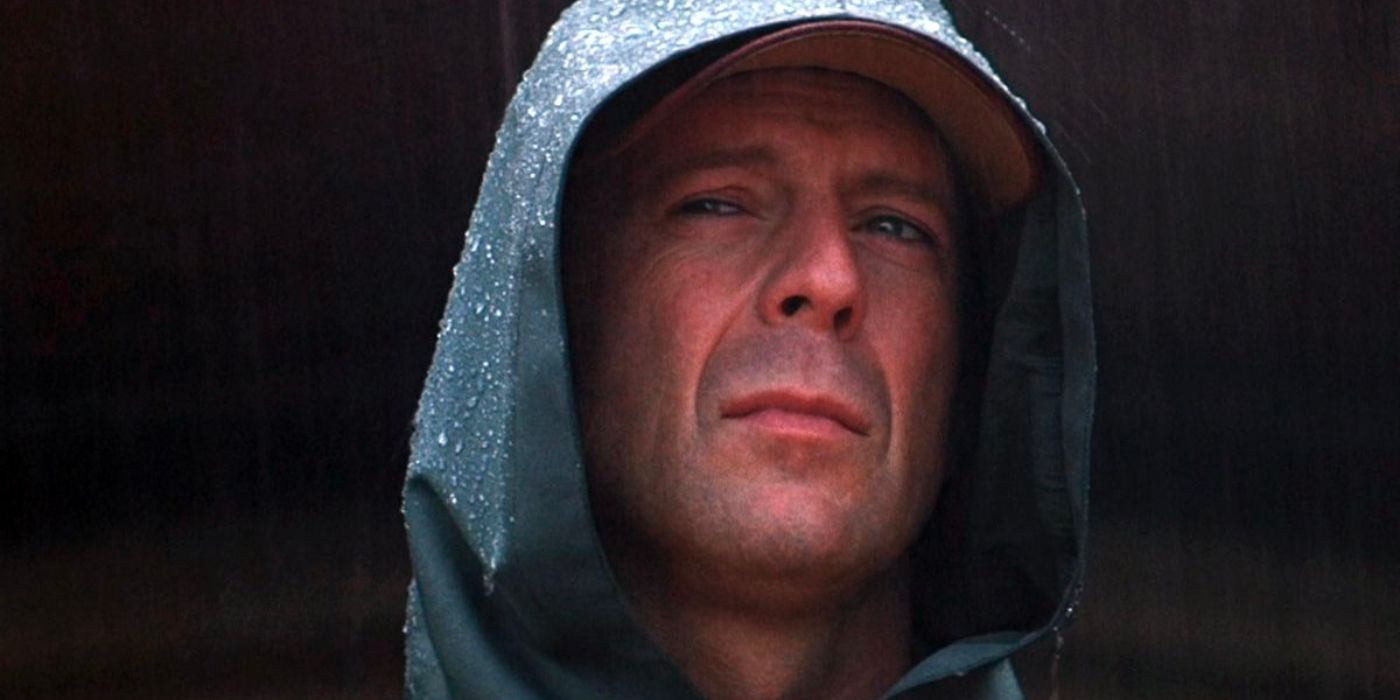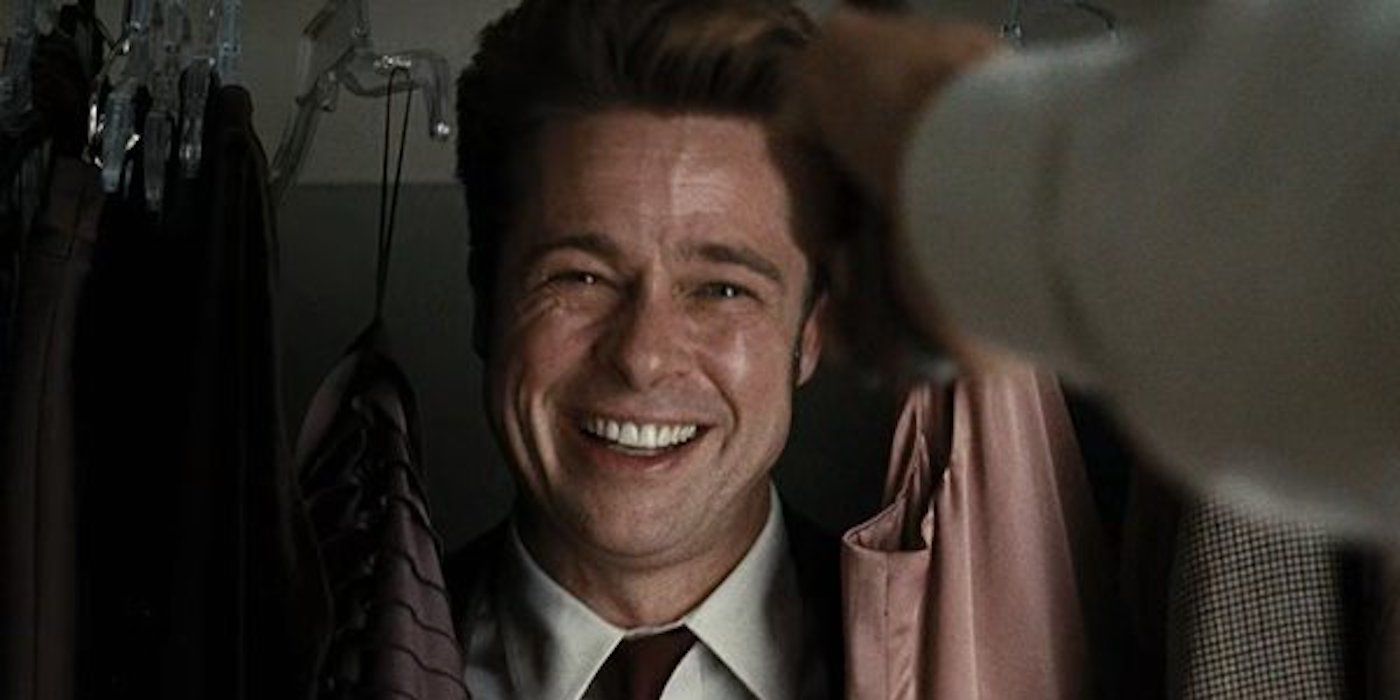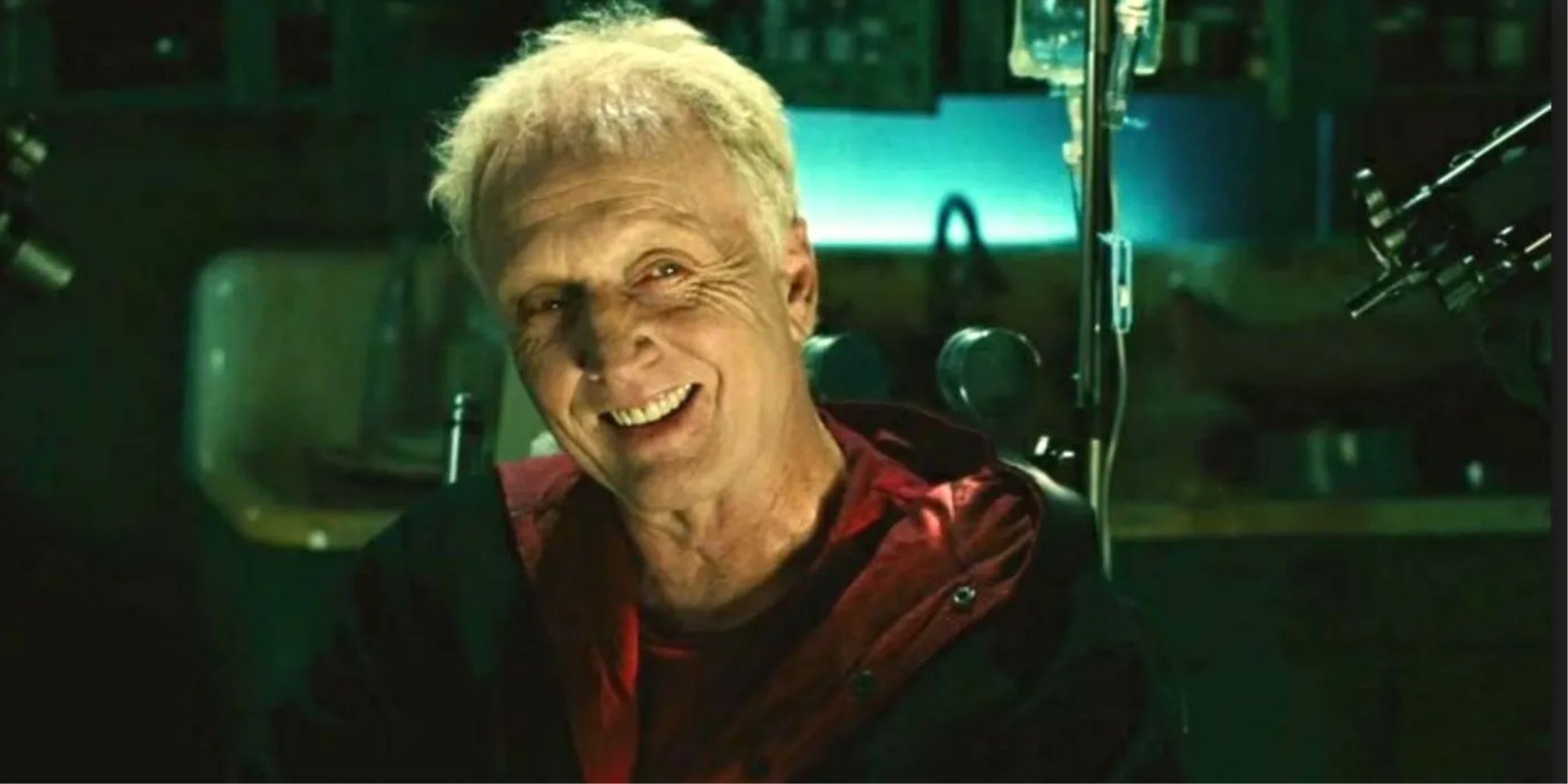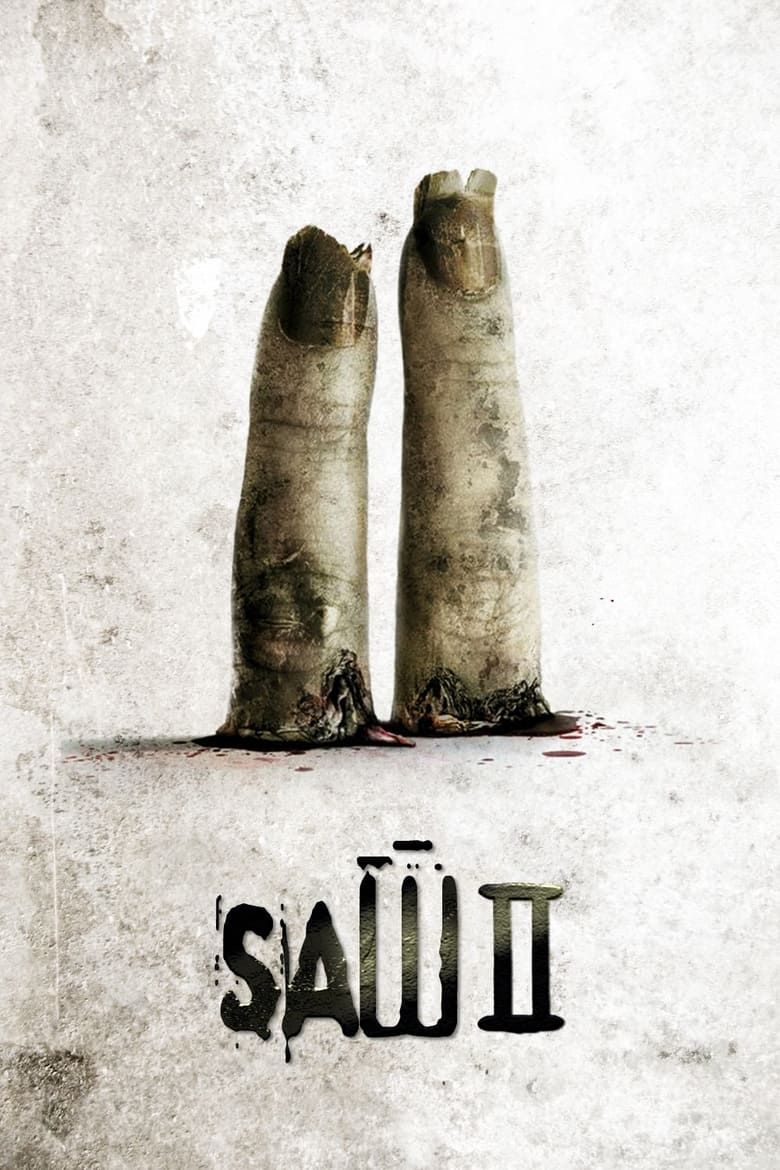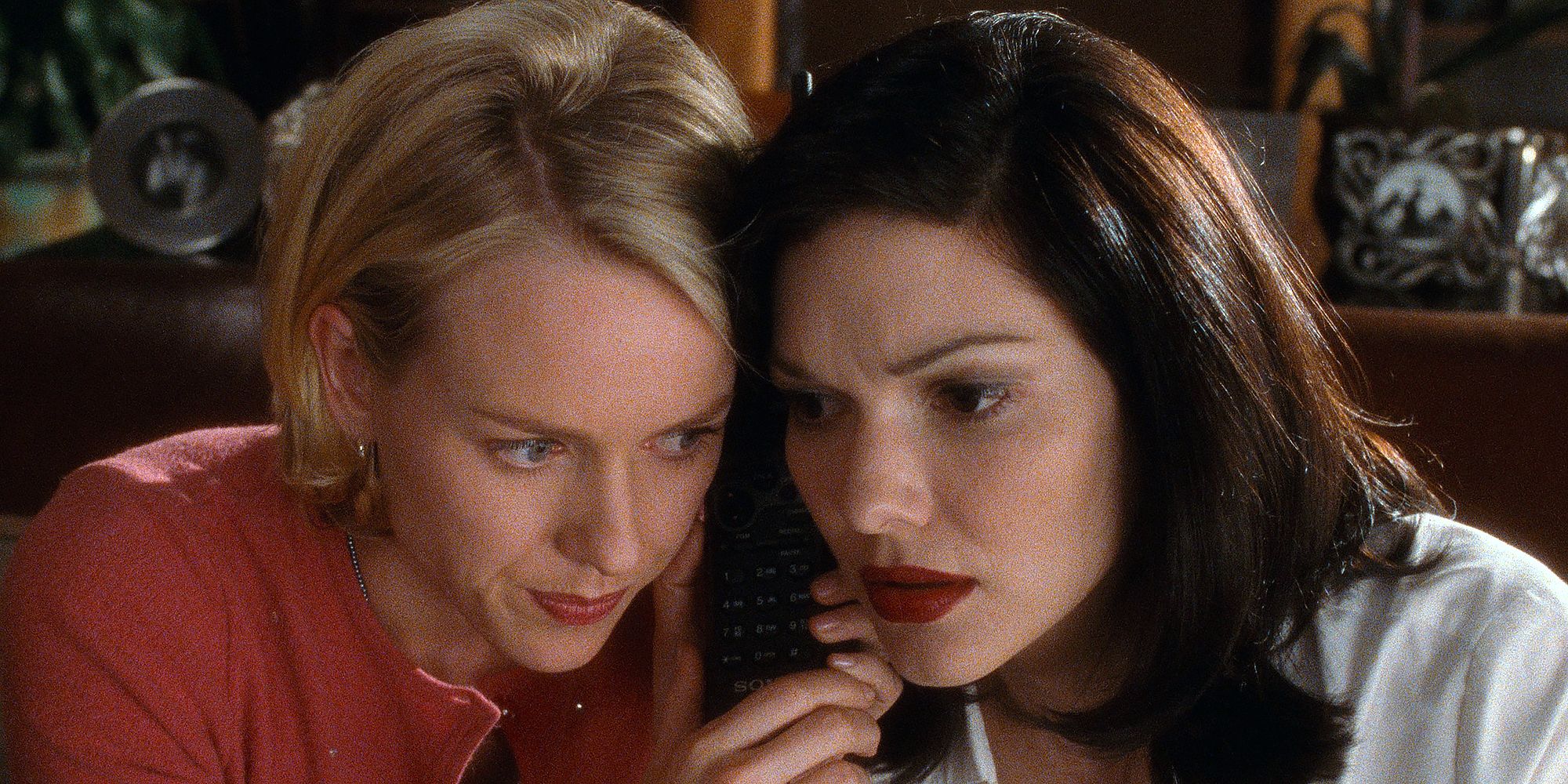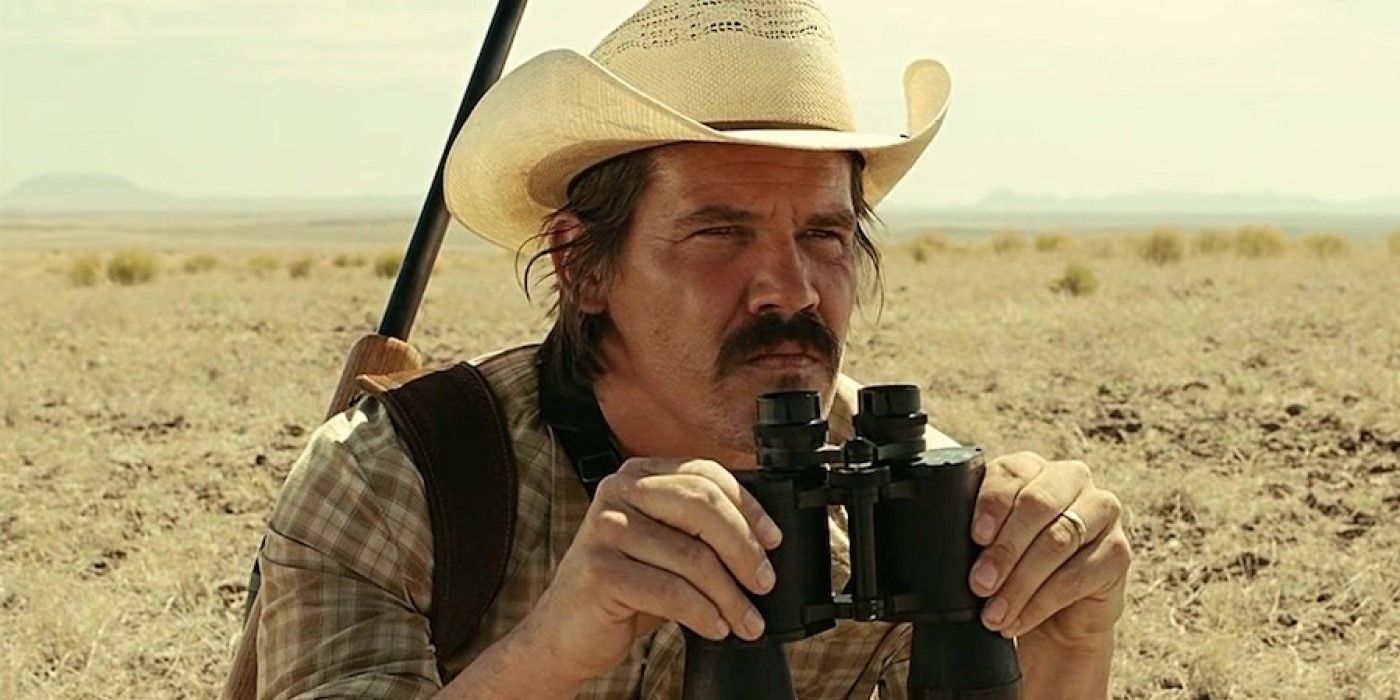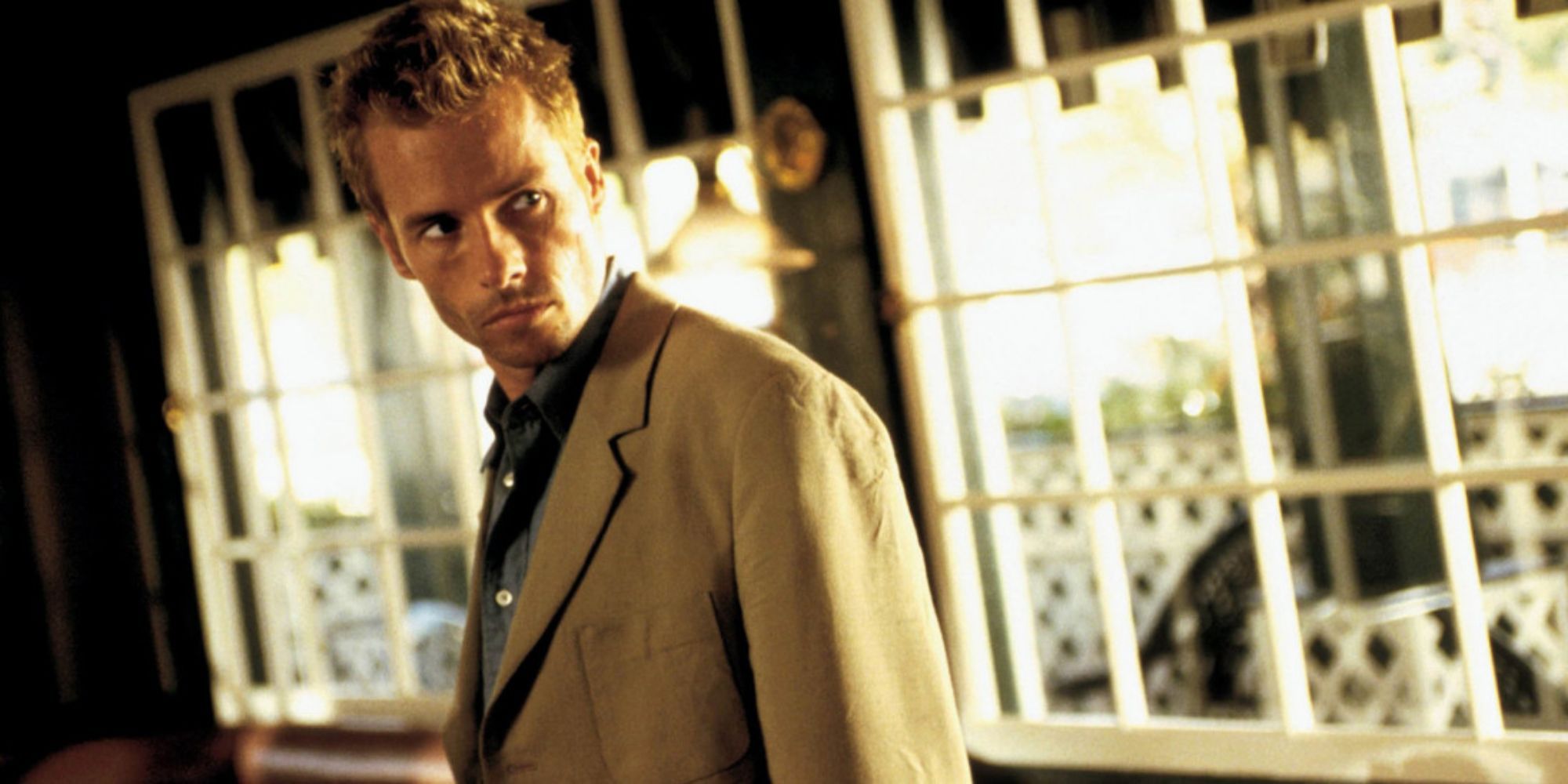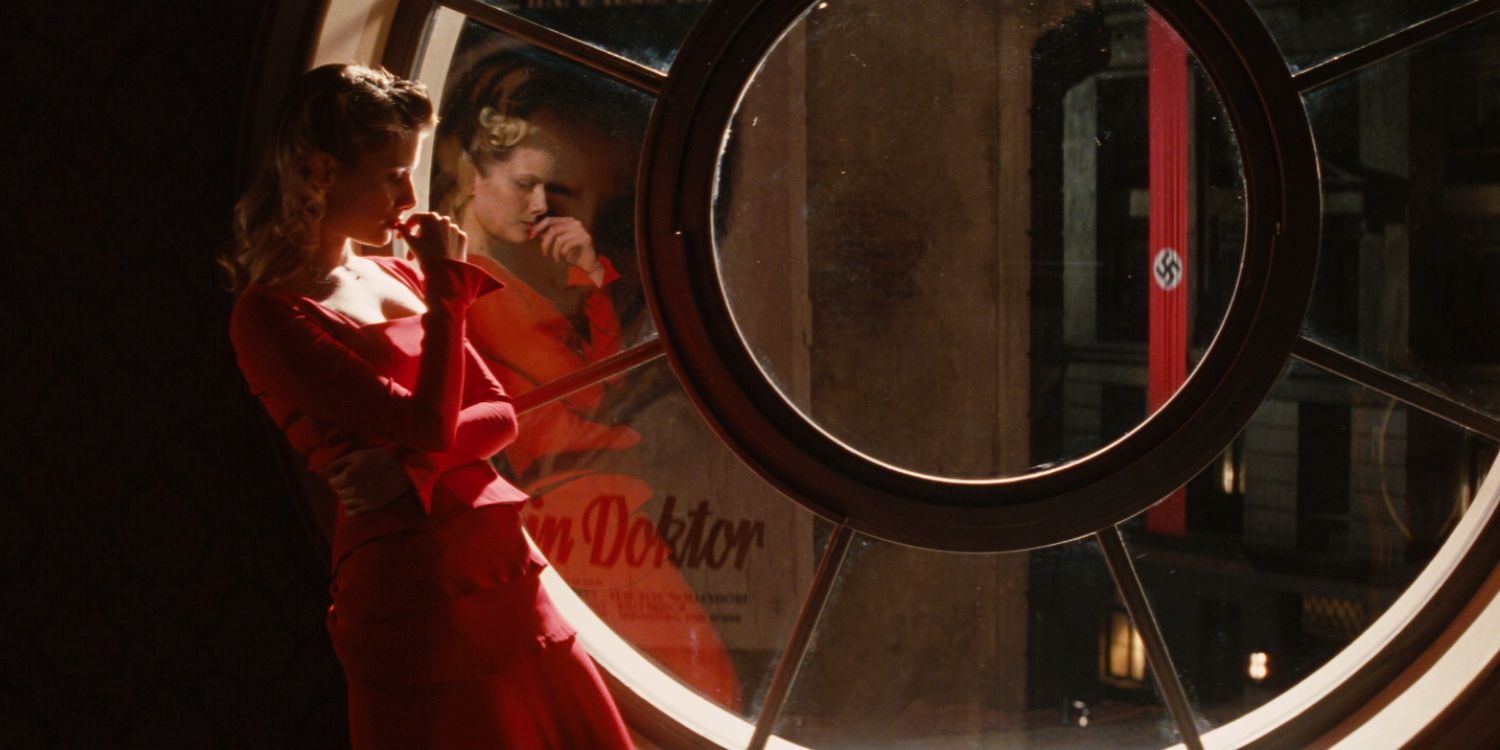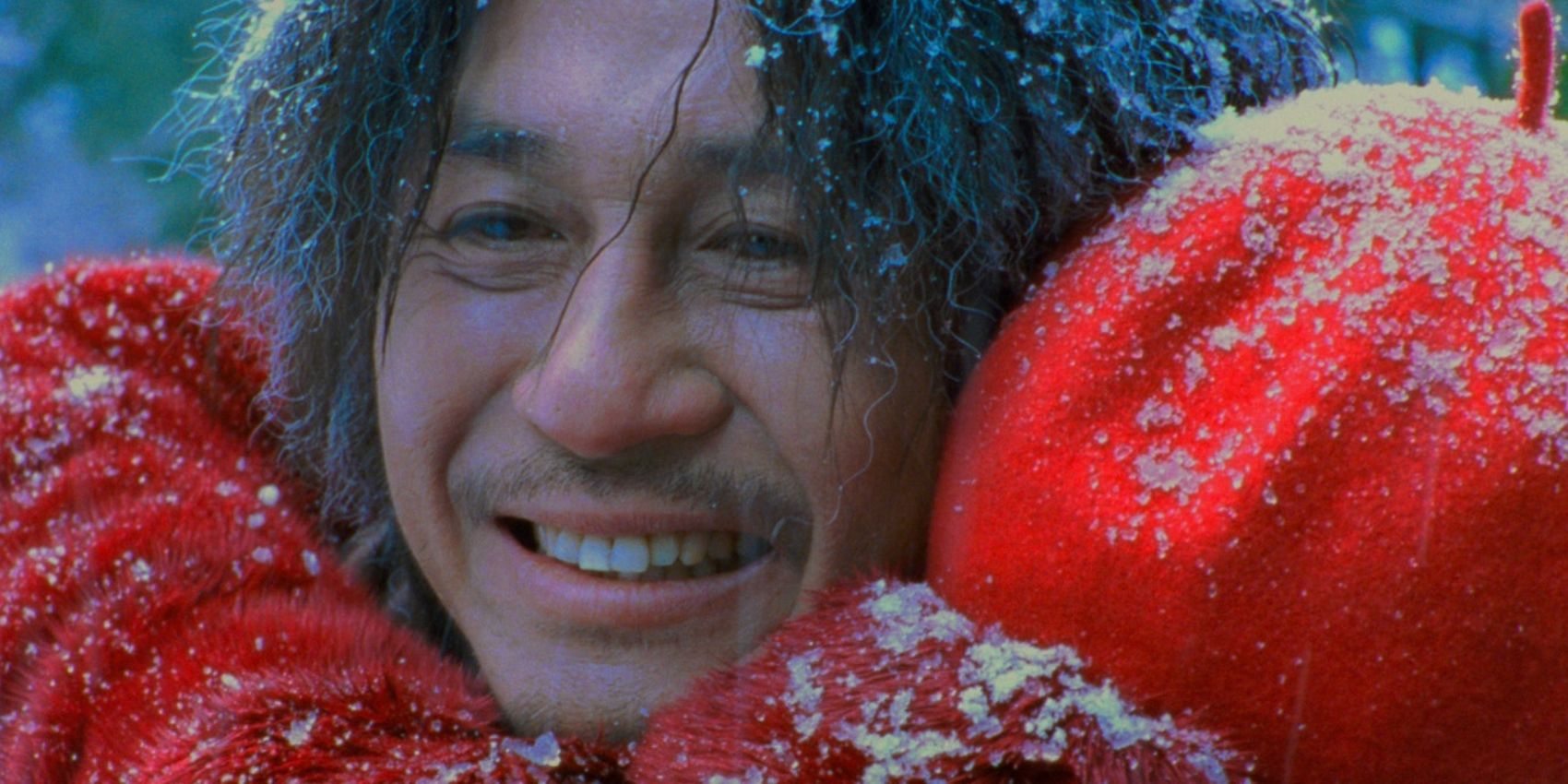Content Warning: The following article contains spoilers for the shows mentioned.Twists in movies are nothing new, as you can go back as far as the silent era to see some of the earliest ones (like in The Cabinet of Dr. Caligari, which was released in 1920). Of course, twists predate movies, but there is something about cinema that seems to make twists hit even harder, to the point where viewers might well expect them for some movies (mystery films or psychological thrillers, for example).
Into the 21st century, the humble plot twist showed no signs of going away with the new millennium, and outlining some of the best twists of said millennium’s first decade is a good way to demonstrate that. A good many of these are twist endings, but not all of them… perhaps that in itself would be too predictable, to only focus on one kind of twist.
10
Finding Out the Truth About Elijah, as Well as David’s Accident
‘Unbreakable’ (2000)
If you want to talk about M. Night Shyamalan twists, then sure, The Sixth Sense is still the gold standard. But that movie came out in 1999, and so, for present purposes, something a little later needs to be considered. Unbreakable is probably the best candidate, given it also builds a sense of mystery throughout, with impactful revelations right near the end, and Bruce Willis happens to be the star of both movies, too.
Basically, Unbreakable unfolds as something of a superhero movie, but with a focus on psychological drama and mystery over action. By the end, the central character’s traumatic origin story ends up having been orchestrated by someone he thought was his friend; someone who actually turns out to be his arch-nemesis, and purposefully so. It’s a shame the whole story was concluded rather disappointingly in Glass, because the impact of Unbreakable’s ending is undeniable.
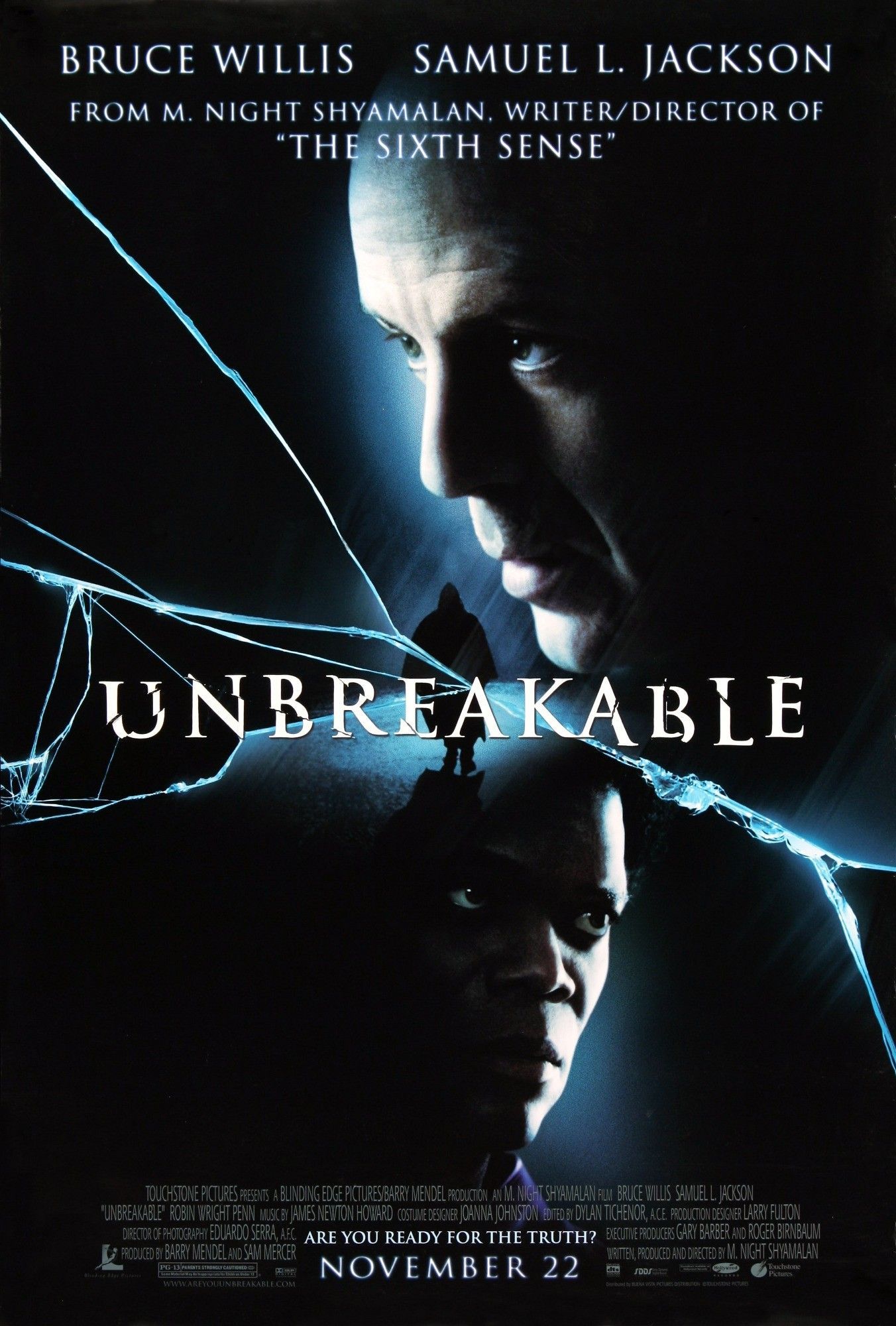
9
Chad Getting Shot in the Closet
‘Burn After Reading’ (2008)
There are two Coen Brothers movies worth talking about when it comes to 2000s movies with notable plot twists, with one being Burn After Reading. It’s a movie about lots of people having bad luck, or generally being not very smart, and getting wrapped up in something that spirals out of control. You expect dark humor and shocking violence, to some extent, but the film’s most infamous moment is still surprising.
Brad Pitt plays maybe the most memorable character in the film, Chad, but he gets shot kind of out of nowhere when there’s still a while to go. After that point, all bets are off. And for as wild as it is, it’s not even the most surprising death in a Coen Brothers movie from the 2000s… the #1 film, in such an admittedly twisted category, will be mentioned in a bit.
8
Much of the Movie Had Actually Happened Much Earlier
‘Saw II’ (2005)
There are two movies in the Saw series worth shouting out in this ranking, and the first of those is going to be the second. Confusing? It shouldn’t be! You can’t really top the twist of the first movie, but Saw II does actually come surprisingly close, mostly with the reveal that a good deal of the film’s action had actually occurred much earlier than the film’s structure might’ve led viewers to believe.
Well, such a revelation takes some characters by surprise, too. Saw II messes with timelines in a pretty fun way, and also does so before Lost famously did it at the very end of its third season. Of all the Saw movies released in the 2000s, Saw II probably comes the closest to matching the first movie in terms of quality, and the central reveal here (not even the only twist in the movie) is a contributing factor to that.
7
Billy Costigan’s Sudden Death in an Elevator
‘The Departed’ (2006)
Here’s another Burn After Reading kind of twist, but it’s still effectively done enough in The Departed that it’s worth shouting out. Before Billy Costigan (Leonardo DiCaprio) gets shot in the head without a second’s warning, other prominent characters had died already, but none of them had been as important to the narrative as Costigan, who is the closest the film has to a “good guy” or hero.
Maybe the death would be more surprising if it had happened earlier, but there’s still a fair bit of story left to go after he’s knocked off, and having it happen without warning at any point is still a shock. Though if you’re familiar with Infernal Affairs, Matt Damon’s character getting shot right at the end might well be more surprising, seeing as the equivalent of his character in that 2002 film survived the movie’s events.
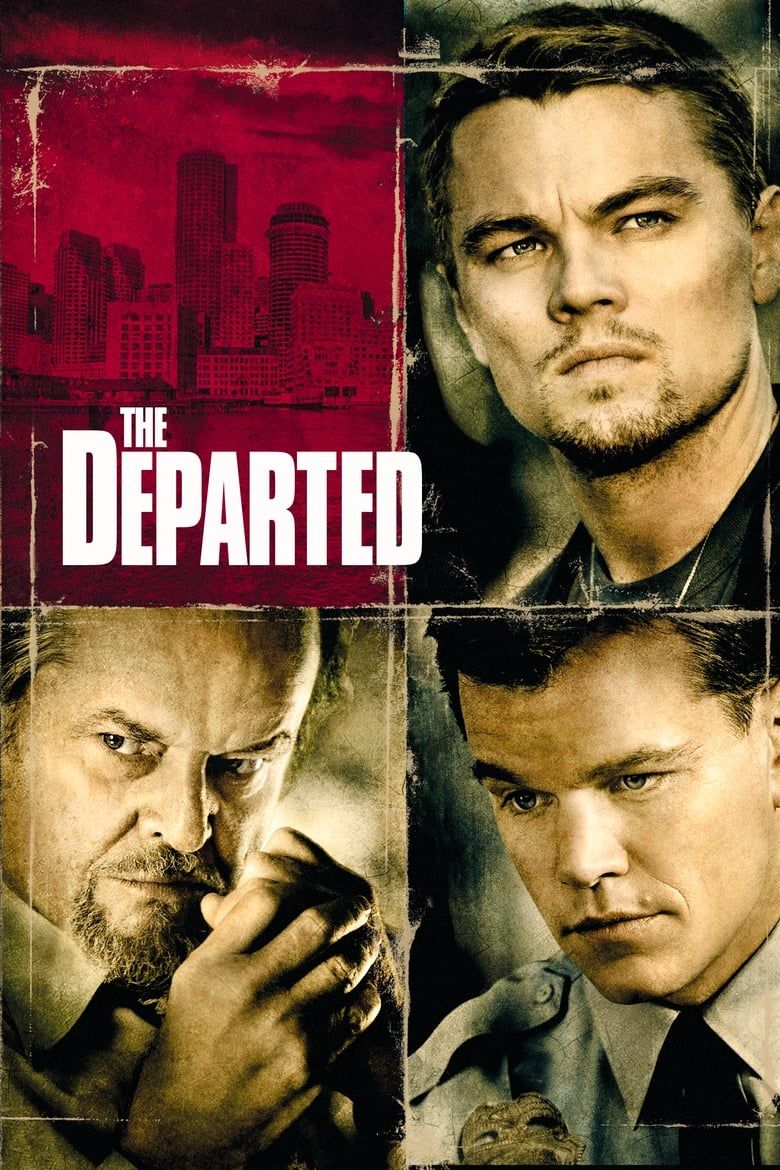
6
The First Two-Thirds of the Movie Were Largely a Fantasy
‘Mulholland Drive’ (2001)
Mulholland Drive is one of the all-time great American arthouse films, and potentially the most acclaimed one that David Lynch ever made, too. It’s also the sort of movie that’s perplexing after one watch, but a revisit makes certain things fall into place. If you go in knowing nothing, it kind of feels like the final act, sort of out of nowhere, becomes a nightmare.
But the final act, going by the most prominent reading of the film, represents reality, and so most of what occurred before that point was part of an idyllic dream the central character had. Mulholland Drive reveals such a thing perhaps a little more obscurely than most more “normal” movies would, but keeping this idea in mind and seeing the whole film for a second time really does lead to so many things making considerably more sense.
5
Llewelyn Moss Being Killed Off-Screen and Well Before the Ending
‘No Country for Old Men’ (2007)
One year before Burn After Reading, the Coen Brothers pulled a similar trick to the closet shooting scene in No Country for Old Men, but this 2007 movie does so more surprisingly. Llewelyn Moss feels like the protagonist of the story for a good while, but he’s killed off when there are still many more scenes left to go. And, even worse, his death happens entirely off-screen.
It’s such a jarring moment, by design, but it also kind of works for the kind of downbeat, grim, violent, and ultimately chaotic story No Country for Old Men tells. From that point on, the villain becomes the central character without a doubt (surviving the whole thing), and the other “good guy” ends the whole film confused by everything that’s happened, having solved very little, and then the end credits roll.
4
Leonard Has Pretty Much Become a Serial Killer
‘Memento’ (2000)
Christopher Nolan has always loved messing around with time and surprising audiences, and he mastered doing such things with one of his earliest films: Memento. The structure of this one is dizzying, but it’s basically told in a way that tries to mirror how it might feel to be suffering from short-term memory loss, which is the condition that impacts the film’s main character.
Some of Memento is told backwards, while other smaller parts are told forwards, and eventually, the two timelines meet, revealing that the main character is basically on a murder spree—based on a misplaced desire for revenge—he can’t break the cycle of. The murder he’s shown committing at the start also becomes tragic once the audience has finally gotten hold of more of the story. And then things are all left off on a very unsettling and uncertain note, in the sense that the viewer can’t know how much more violence the film’s central character will go on to cause.
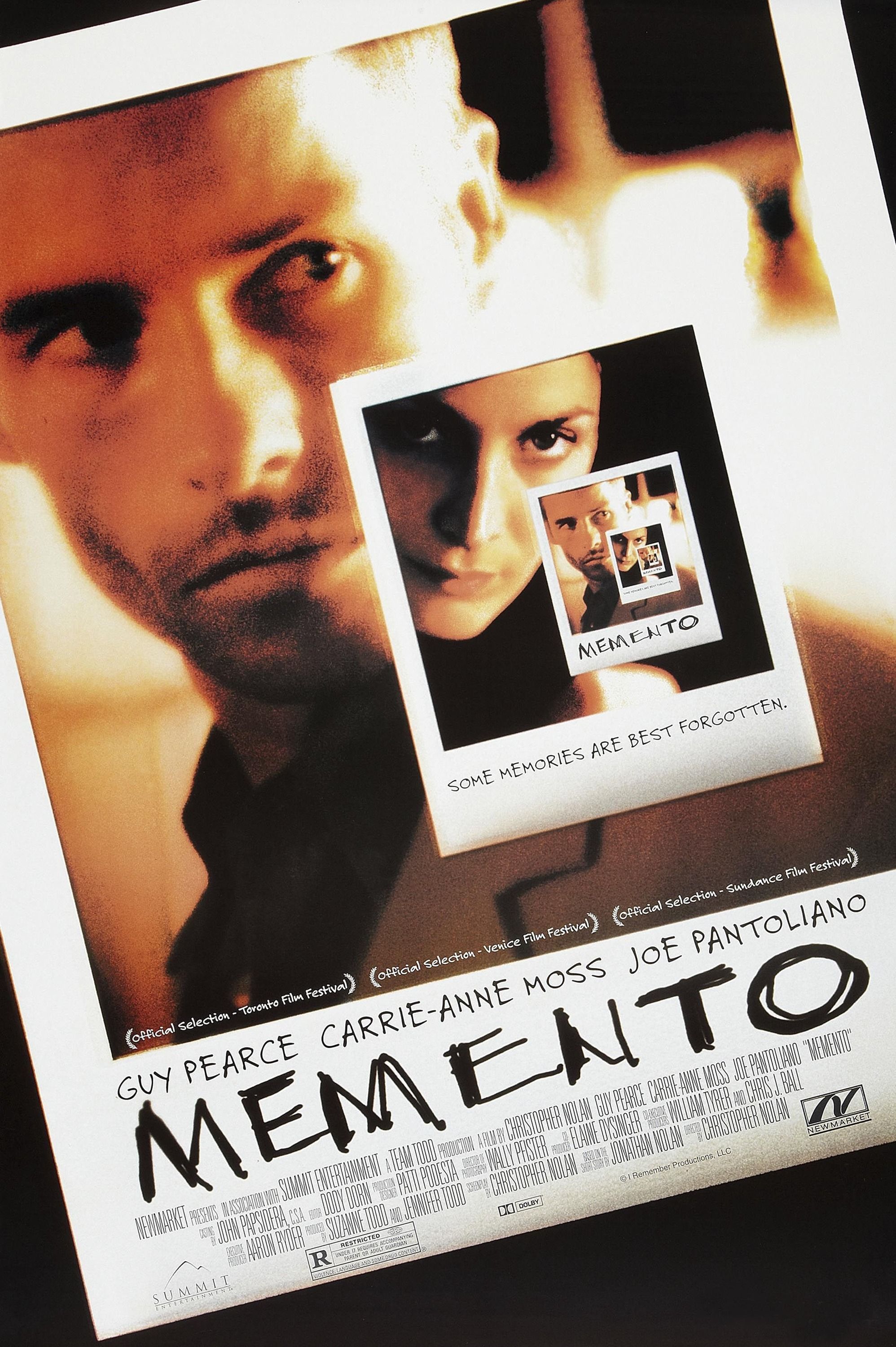
3
History Is Rewritten in Explosive Fashion
‘Inglourious Basterds’ (2009)
If you want a historically accurate or realistic World War II movie, you’re not exactly going to find it with Inglourious Basterds. It does lay bare some grim truths about the conflict, and reflects, to some extent, how savage the combat could be… but it also boldly rewrites history at the very end in just about the most dramatic way possible.
Without knowing beforehand, you’d be forgiven for assuming that the plot to kill Adolf Hitler inside a cinema would fail, given the movie takes place in 1944, and he took his life in a bunker in 1945… but then, nope. He dies. He’s shot to pieces and blown up. And a similar fate befalls many other high-ranking Nazis. And somehow, it all works, and it was a trick Quentin Tarantino managed to repeat with just as much of an impact 10 years later, with Once Upon a Time in Hollywood.
2
Jigsaw Has Been in the Room All Along
‘Saw’ (2004)
2004’s Saw is a genuinely great psychological thriller/horror movie, and one that’s worth checking out even if the series as a whole doesn’t seem up your alley. This is because Saw works well as a crime/horror movie that’s not actually all that heavy on blood and gore. It has some incredibly disturbing ideas it explores, and it can be intense, but it’s not a total bloodbath necessarily.
As such, it’s mostly about suspense and surprises, with the whole ending of Saw being legendary for how swiftly it pulls the rug out from under the viewer (well, probably more so if you were watching in 2004, or otherwise didn’t know this film kicked off a series). The whole ending montage reveals the truth about Jigsaw, and the moment when the not-so-dead body that’s been in the room the whole time gets up, and ends up being Jigsaw himself? It’s just great.
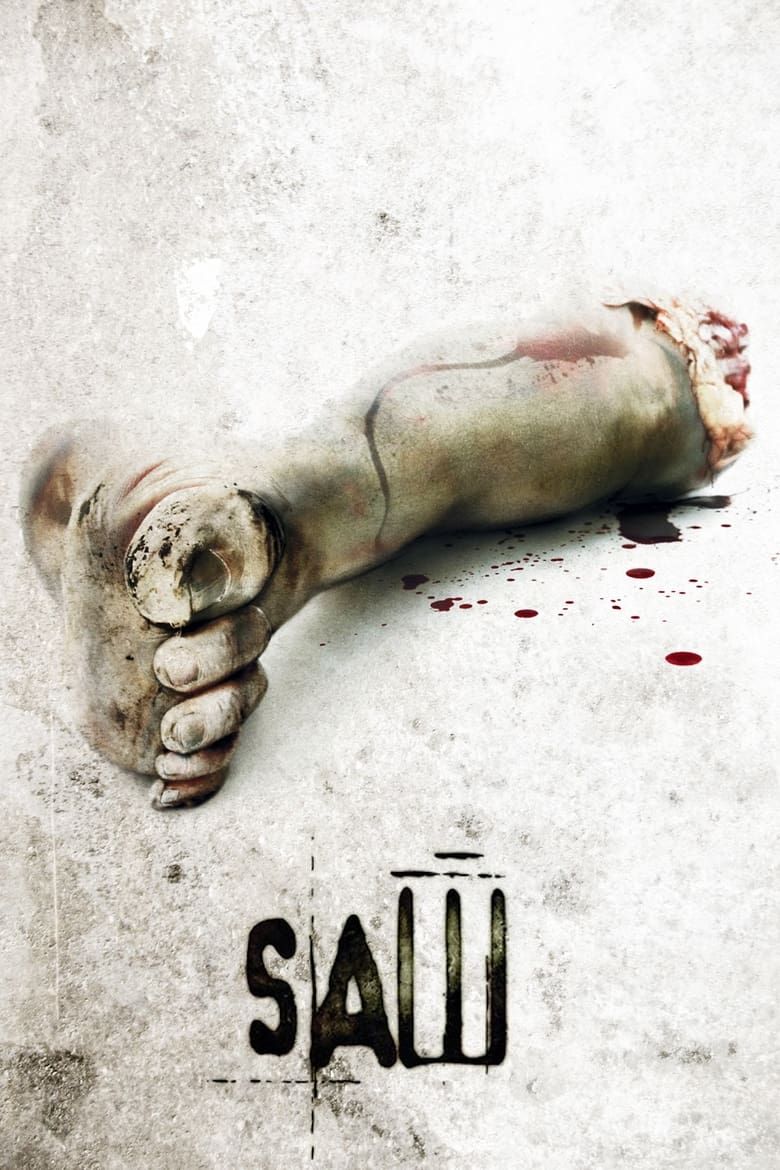
1
Mi-do Is Oh Dae-su’s Daughter
‘Oldboy’ (2003)
As one of the most shocking twist endings of all time, it feels only natural to put Oldboy in the top spot for this current ranking. This film kicks off with something awful and surprising happening to the central character, Oh Dae-su: he’s kidnapped and imprisoned for 15 years, not knowing who did it and also not knowing why. When he’s finally released, he seeks out the truth, and is similarly dead-set on getting revenge on whoever was behind it all.
But it turns out everything Oh Dae-su went through was a result of the film’s villain, Woo-jin, wanting revenge on him, and the lengths he went to are genuinely shocking… including getting Oh Dae-su to fall in love with a young woman who ended up being his daughter. There’s even more to it than that, and shocking things that happen once it’s all been revealed, so it’s a lot, to put it mildly. Few endings floor quite like Oldboy’s does.
